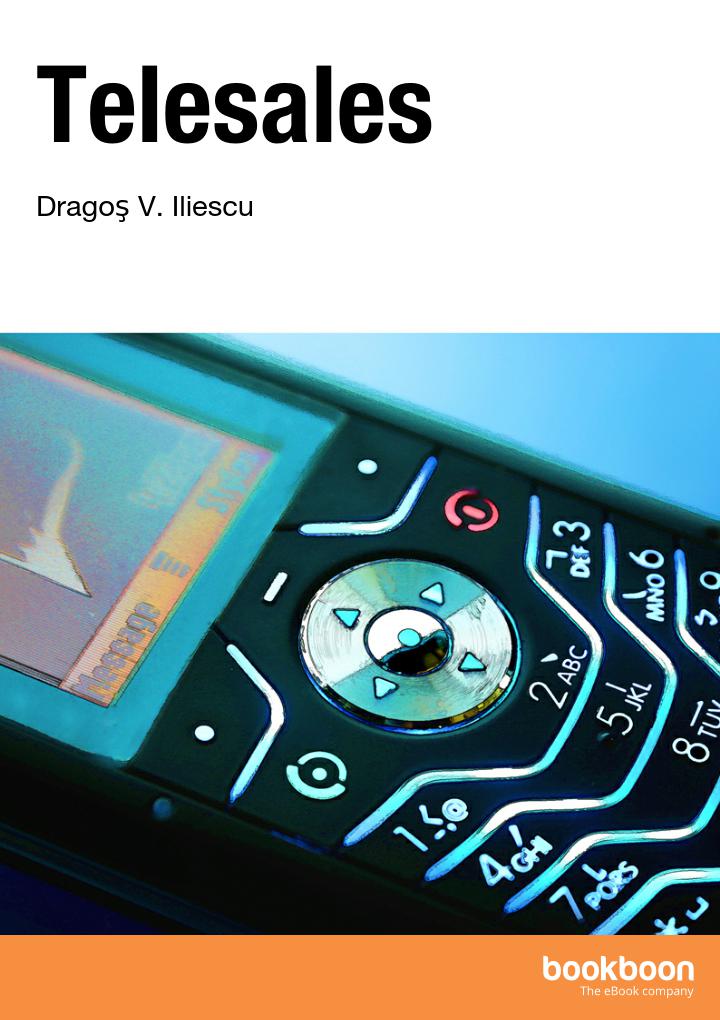Achieving the perfect phone technique

Do you sometimes wonder what being good on the phone is all about? It is pretty obvious, isn’t it? You have to learn how to work your voice. Understanding the overwhelming importance of the tone of voice during a phone call is the first step towards a successful and convincing conversation on the phone. This is why this article takes a closer look at your voice as an important instrument – no matter whether during a business or private call.
Body language is absorbed into the tone of voice
Studies have shown that the meaning of any message is derived from three aspects of communication: body language (what we do), words (what we say), and tone of voice (how we say it). In face-to-face communication, body language, also called non-verbal communication, accounts for 55 percent of all meaning, the words for 7 percent and the tone of voice for 38 percent.
There is no visual contact on the telephone; hence body language cannot be perceived directly. Body language is absorbed into the tone of voice, as each gesture affects the way sounds come out of our mouths. For example, it is easy to perceive whenever somebody is running, laying back, smiling or frowning, even if there is no visual contact, because all these actions affect the person’s posture and posture affects the tone of voice. Therefore, the percentage of how meaning is resultant over the telephone is divided over the tone of voice, which account for around 75 percent, and words, which account for the remaining 25 percent.
Using Words
The language you use over the telephone must have at least two characteristics in order to be effective: clarity and accuracy.
Clarity The content of the message must be structured in such a manner that it is easy to follow. Sentences should be short and the language simple.
Accuracy The content you present must be coherent and provide sufficient information for exploiting the subject in its entirety.
Tone of Voice
The tone of voice is the most important part of communication over the telephone. It is made of inflection, pitch, pace and volume.
Inflection emphasizes certain words or syllables, with the purpose of amplifying certain aspects of the message. It can also be used to express agreement or disagreement towards a certain situation or affirmation or to express a certain disposition. Inflection can change the meaning of words, as it has more effect on the listener than what is being said. For example, a simple affirmation such as “you are an intelligent person” can have different meanings, depending on how it is said; it can be perceived literally or as an irony. Control over inflection helps the person speaking transmit an effective message.
Pitch is a property of sound that places it on a frequency-related scale. It is relative and it depends on a reference tone, corresponding to a known frequency. If the frequency increases, so does the pitch. In telephone conversations, the reference tone is also relative and it varies according to each person’s individual perception and reference. Generally speaking, sounds become irritating when pitch is too high and unperceivable when the pitch is too low. Pitch should be balanced and avoid either high or low extremes, in order for the message to get through without interference.
Pace is the number of words spoken over a given period. Whenever you are saying that a person is talking too fast or too slow, you are referring to the person’s pace. Experts recommend the use of mirroring to match the pace of the person we are talking to. People with a fast pace get bored if we talk slowly, while persons with a slow pace don’t usually understand someone who is talking too fast.
The last relevant element in regard to the tone of voice is loudness. Loudness is a quality of sound which is measured in correlation with the sound pressure level, and can be measured in decibels. The bigger the number of decibels is, the louder the volume. Since perception of loudness is subjective, it is hard to determine which volume is adequate for a certain interlocutor. We can only approximate, by the way the other person is talking, how loud we should talk to make ourselves heard, but not to disturb the other person. You can use the table below for measuring and improving the way you use your tone of voice, with its most relevant elements.
Remember these tips, make a “vocal impression” and convince the next person you telephone with. Good luck!




